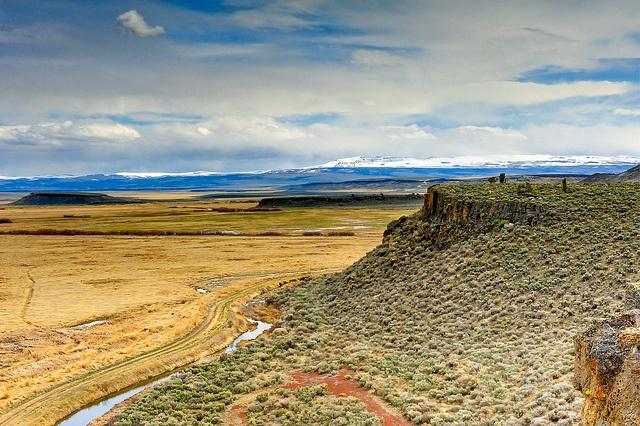South Florida Mayors Tell Rubio, Bush: 'Climate Change Is Real'


The mayors of 15 South Florida cities have a message for Sen. Marco Rubio and former Gov. Jeb Bush. They want the Republican presidential candidates to see that climate change is happening and it is already affecting their home state.
The 15 mayors sent letters to both Rubio and Bush. In the letter to Rubio, they wrote that as “mayors representing municipalities across Florida, we call on you to acknowledge the reality and urgency of climate change and to address the upcoming crisis it presents our communities.” They pointed out that their cities and towns are “already coping with the impacts of climate change today.” The cities represented in the letters include Miami, South Miami, Fort Lauderdale and West Palm Beach.
And the group got pretty specific. To Rubio, they pointed out that as a U.S. senator from Florida and former Speaker of the Florida House of Representatives, “You should know the risks ahead and articulate a plan for U.S. leadership on climate.” And they mention that in 2006 he acknowledged that climate change exists and “promoted solutions,” but has now “reversed course.”
The mayors tell Bush in their letter that, as a former Florida governor, “We urge you to face this challenge head on.” They cite his commissioning of a 2006 Department of Environmental Protection white paper on climate change and solutions: “a study which acknowledged the severity of the crisis and the importance of emissions reductions strategies such as carbon taxing and cap-and-trade.”
They also mention that in April of last year Bush called for the U.S. to work with the world to reduce carbon emissions. But a month later, he questioned the scientific consensus on climate change. On the campaign trail, he has “backed away from advancing policy solutions,” the mayors wrote.
The South Florida mayors ask Rubio and Bush to meet them to “discuss the risks facing Florida communities due to climate change and help us chart a path forward to protect our state and the entire United States.”
What is sad about the continued refusal of these two candidates to not only acknowledge that climate change is human-induced, but also that it needs to be addressed and is already affecting their home state. As Ben Strauss of Climate Central declared in an op/ed in the Miami Herald, “Florida is in the crosshairs of climate change.” Sea levels all over the coastline are rising. About 2.4 million people and 1.3 million homes -- equating to "about half the risk nationwide" -- are "within four feet of the local high-tide line," Strauss wrote.
In South Florida, “taxpayers are already paying the price for climate change as salt water pushes through porous bedrock into coastal drinking-water supplies, and rivers and canals choked by heavy rains have a harder time draining into the ocean," he continued.
The letters to Rubio and Bush detail the impacts South Florida is experiencing: “Sea levels off the coast of South Florida rose about eight inches in the 20th century. As a result, we have seen more tidal flooding, more severe storm surges, and more saltwater intrusion into aquifers.”
There are more impacts to come. Sea levels around Florida are expected to rise by about a foot by 2050 -- “a shift which could wipe out as much as $4 billion in taxable real estate in the four-county region of Southeast Florida,” the mayors pointed out. If sea levels rise by three feet, the cost could be $31 billion and put part of the Everglades, the Florida Keys and the Miami metropolitan region under water.
The letters might work, but chances are Rubio and Bush will just ignore them. Recently, Rubio told a crowd in Iowa that climate change policy would “destroy” the American economy, the Des Moines Register reported this week. During a town hall meeting, a Cedar Rapids resident said he thought global warming was a "hoax." The senator refuted this claim -- but not by much. “It’s not in this following sense: The climate has always changed," Rubio said. “There’s never been a time when the climate has not been changing.”
What is clear is that voters in November need to consider climate change as they cast their votes for the next president of the United States.
Image credit: Flickr/DVIDSHUB


















